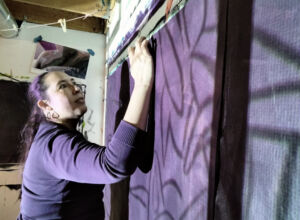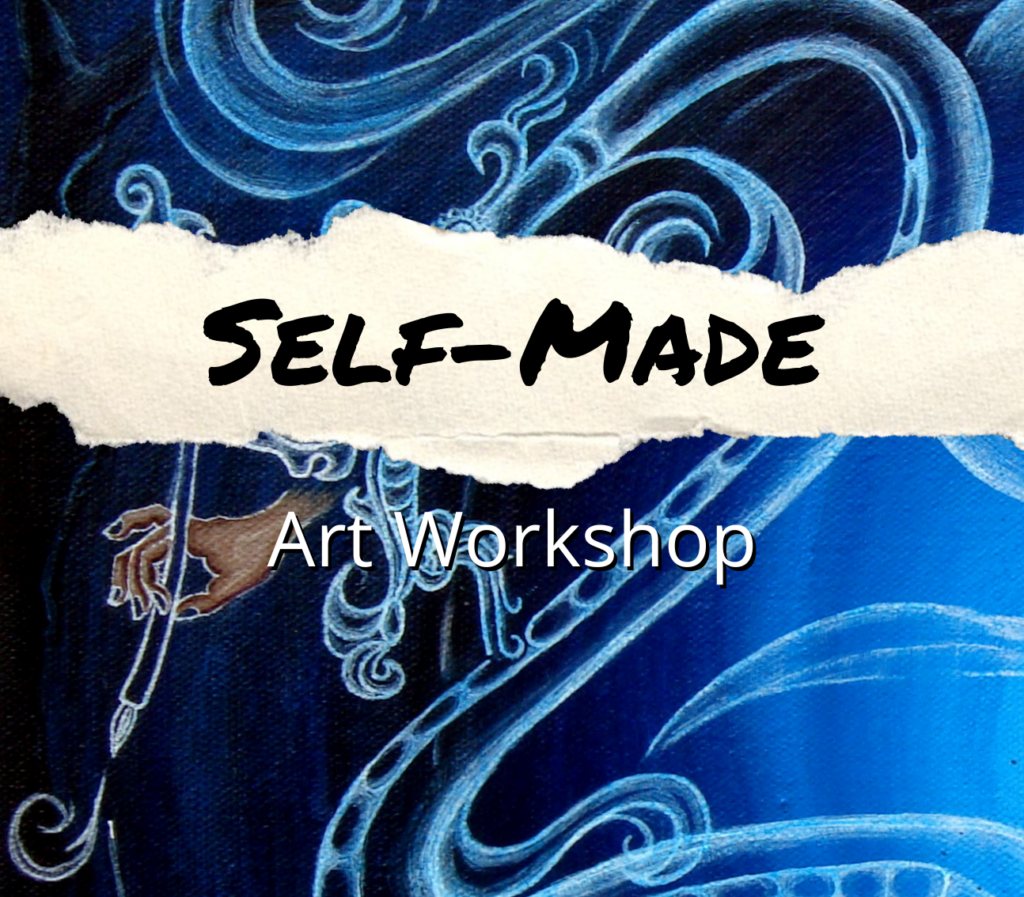We invite teens and young adults to join local artist, Zamara Cuyún, for an art workshop centering on self identity. Participants will have an opportunity to engage in conversations and reflect on the intersections of identity and place. Ultimately, each participant will create a self-portrait based on these discussions.
Place and boundaries define the way we move through life. Throughout Minneapolis there are boundaries, both visible and invisible. The Mississippi River acts as a visible divider of north and south Minneapolis, while neighborhood boundaries are invisible unless looking at a map. But how do these boundaries affect our daily lives and understanding of ourselves? Where you live affects where you go to school, where you buy food, who you interact with, and so much more. In Minneapolis, there is a history of enforcing policies and racial boundaries that historically denied BIPOC individuals the opportunity to live in certain neighborhoods and have access to certain resources.
Today, current issues facing racial justice continue to stem from these boundaries and their histories. It’s important to understand the way in which place and boundaries shape – and are shaped by – aspects of our identities. By deepening this understanding we can better understand our place in history, our connection to each other, and our role in fighting for racial justice and equity.
The event is open to all, but will center on BIPOC voices and experiences. Therefore, we ask all participants to help us create a safe space where vulnerability is uplifted and protected. Masks are strongly encouraged. Event is free, but you are encouraged to pay as you can.
 About Artist Zamara Cuyún
About Artist Zamara Cuyún
Zamara Cuyún is, for better or worse, a product of colonization, with Indigenous roots in Guatemala – born and raised in Minneapolis. A self-taught, “Gringindia” artist of de-Indigenized Highland Maya ancestry, she works in acrylics, using elements of Guatemalan Maya history, ideology, and iconography – sometimes to explore and create a vibrant, colorful, imaginary dream universe and, at other times, to represent the restless, violent, and unsettling world we are often forced to inhabit. The themes that inspire her work and to which she is drawn back to, time and again, include Indigenous identity (her own, as well as that represented in Guatemalan society), the history of colonization and resistance, the persecution and genocide of Indigenous populations, and the call for social justice, reconciliation, revitalization, and decolonization and the central role and strength of women in this process.
Color and light are of the utmost importance in her work. She wants her subjects – the lovely, as well as the gruesome – to pulse with color, light, and life from within. Vibrant Guatemalan Indigenous Maya textiles and art – contemporary and precolonial – as well as European stained-glass, Scandinavian rosemaling, and contemporary graphic novels inspire and inform her use of color and brushstroke.
Event image painting by Zamara Cuyún and media collage by Hannah Coble
Headshot of Zamara Cuyún by Xena Goldman


